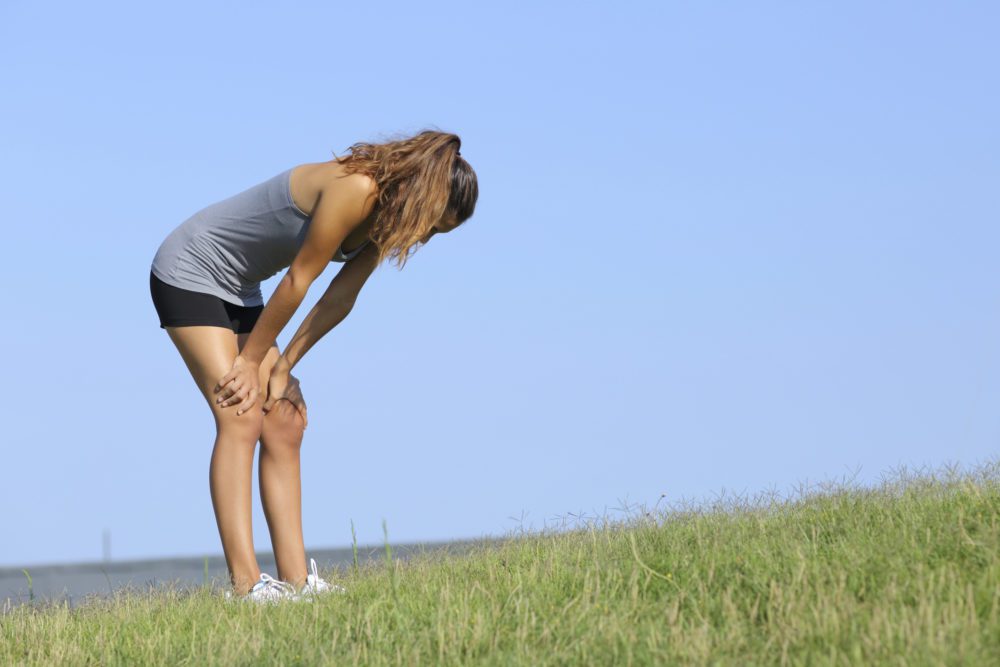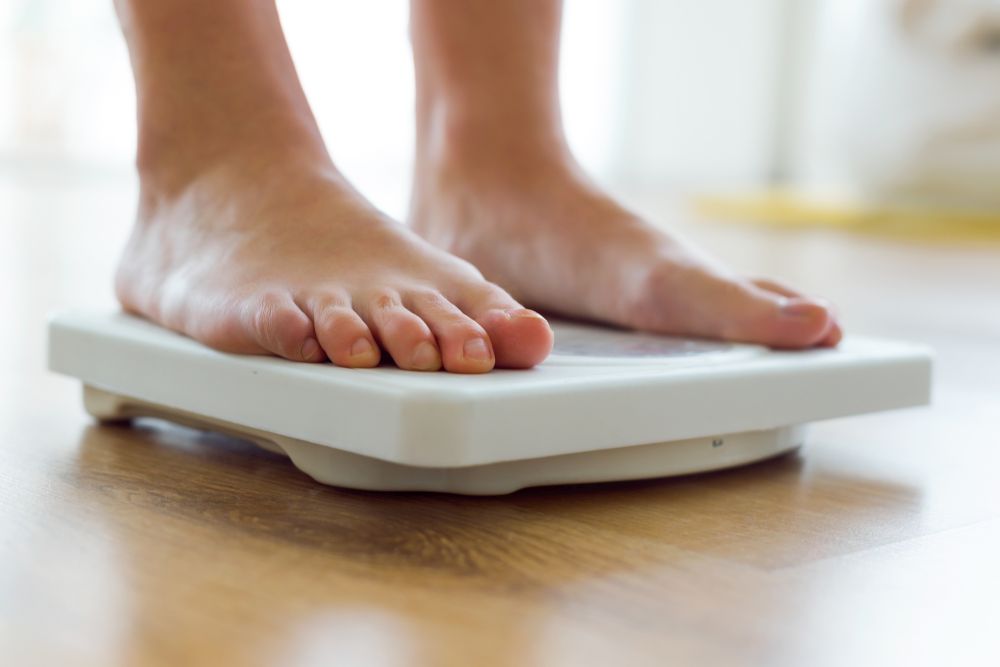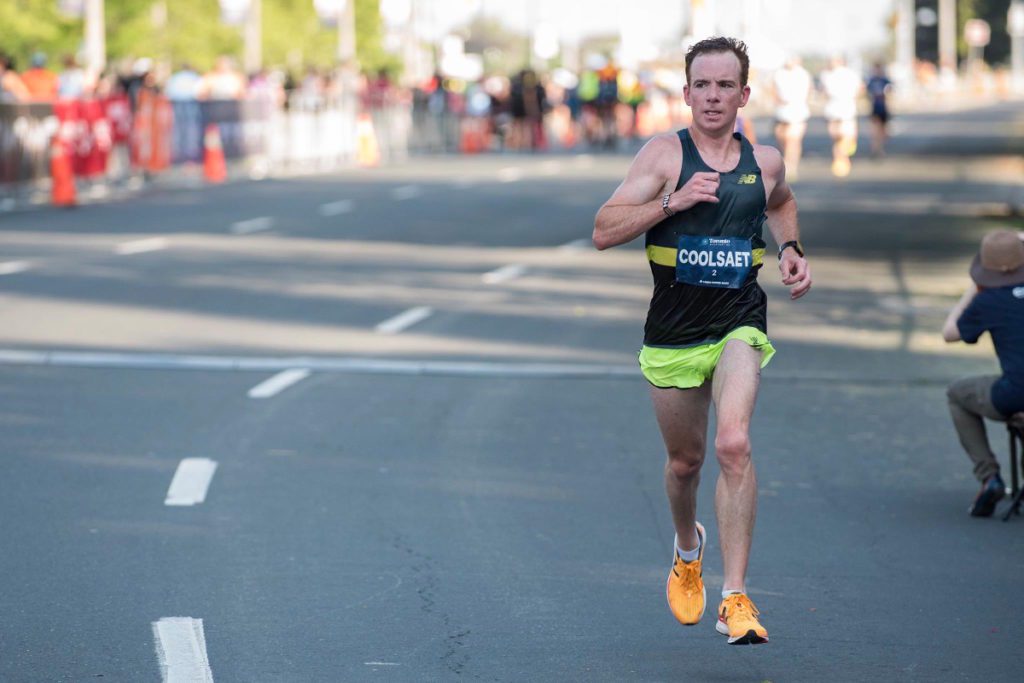Are you at risk for RED-S?
If you're concerned you could be dealing with RED-S, considering checking out the LEAF Questionnaire


As your training ramps up, your weight can easily fall, and if weight loss goes unnoticed, you may be at risk for RED-S, or relative energy deficiency in sport. RED-S is a product of inadequate nutrition, and though it sometimes goes unnoticed, it can cause serious damage and result in time away from the sport you love. For example, stress fractures are a whopping four-and-a-half times more common in athletes suffering from RED-S.
Trent Stellingwerff is a physiologist and the Director of Performance Solutions at the Canadian Sport Institute Pacific. Stellingwerff spoke with us to shed some light on how to spot RED-S.
“We used to think that we could measure calories in and calories out. But we’ve discovered that it’s really, really challenging. Being as little as 300 calories off in a day can have profound effects upon health. It’s literally just a smoothie over one day, and over one day it’s nothing. But if you multiply that over the course of a year, it’s 110,000 calories that you’ve missed. That’s the subtle nature of RED-S in athletes. If I were to tell the athlete to skip eating for the month, that would be insane.”

He continued, “In Flagstaff [Arizona] a few years ago, I contributed to a study that looked at 59 world-class athletes. Sixteen of them made the Rio Olympics. We found that the best indicators of low energy availability are the chronic ones: sex hormones, stress fracture history, and energy intake versus energy expenditure. The problem with energy expenditure is that it’s so hard to measure.”
Males in the lowest quartile of testosterone and female who had no menstrual cycle were the athletes at the highest risk. Those athletes had 4.5 times the stress fractures of other athletes in the study. That’s a shockingly high number.
If you’re concerned you could be dealing with RED-S, considering checking out the LEAF Questionnaire. (LEAF stands for low energy availability in females.) Stellingwerff says, “We used these in our study and they were really good predictors of low energy availability.”

For women, the research on this topic had been extensive. Stellingwerff says, “This whole area of research started with the female athlete triad, which is: low energy intake, loss of menstrual cycle and low bone density. It’s a pretty mature and well developed area of research. The LEAF Questionnaire came out two years ago. There’s a point-scoring grid that puts you into a certain cohort or risk factor.”
Canadian Dr. Margo Mountjoy is one of the experts who is working with the IOC in creating a dialogue around males with low energy availability. The International Olympic Committee (IOC) Consensus Statement on Relative Energy Deficiency in Sport (RED-S): 2018 Update says, “While RED-S may occur in both sexes, there are likely differences in biological responses to LEA in male athletes compared to their female counterparts.” Experts are currently working on creating an accredited questionnaire equivalent to the LEAF, but for men.


